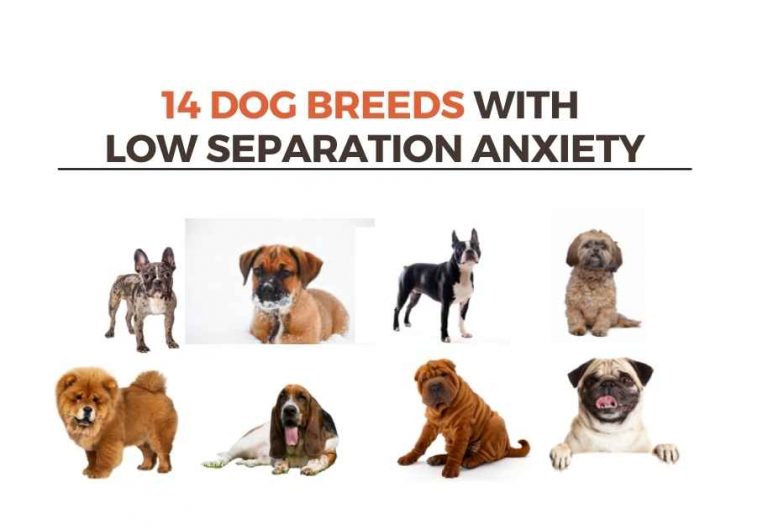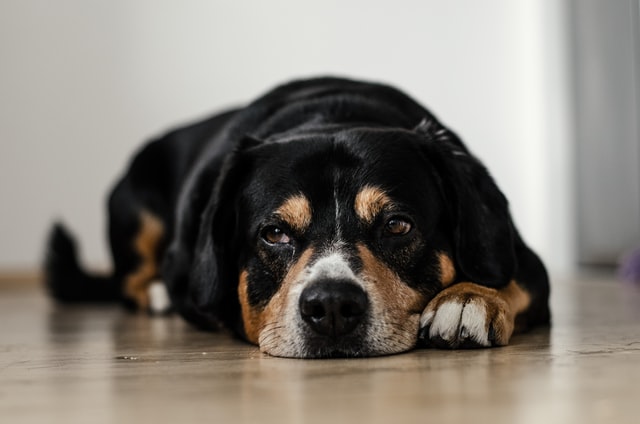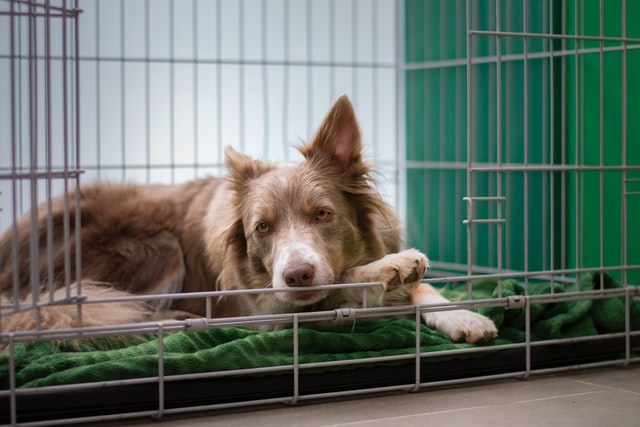If you own a dog and it does not behave normally, you might wonder if it is anxious. Most people who have pet dogs feel the same. But the good thing is that you can tell if your pet dog has anxiety by observing a few signs.
Anxiety is a stress-related emotion that affects every animal in some way or the other. Pet canines lead the list of pets that feel it. There can be several reasons for anxiety in dogs, ranging from genetic causes to physical or mental trauma.
Signs of anxiety in dogs may vary on a case-to-case basis. A lot depends on a dog’s mental state and how it perceives things around it.
A good understanding of these aspects will help you determine if your fur baby is anxious and needs attention. Read on to get a detailed insight into it:
Signs That Show Your Dog Has Anxiety
Just like humans, there are also visible signs of anxiety in dogs. While they may react differently, you can detect the anxiety problem in your puppy by focusing on certain symptoms. These include the following:

1. Barking or howling
Almost everyone knows that dogs bark and have a keen sense of smell. But did you know that they also have sensitive ears? Yes, you’ve read it right. They can hear sounds with twice the frequency as humans do.
So, don’t be surprised if your pet friend starts howling or barking in a noisy environment or when your radio or television is on a higher volume. They may also bark for other reasons.
But what if it barks continuously and doesn’t calm down even when you try to calm it down with the common methods? It is an indicator that your pet dog has anxiety.
Sometimes it may also jump alongside barking or howling. Such behavior also indicates dog anxiety.
Try distracting your dog in such situations. Also, try lowering the level of volume of your TV, radio, or sound system if a noisy atmosphere is the cause of your dog’s anxiety.
2. Pacing
Dogs normally pace out of boredom but it is different from the one that is linked with dog anxiety.
Sometimes your dog may take circular turns instead of walking back and forth. It is a clear sign that your dog has anxiety. To calm down your pooch in such a situation try giving it some playtime. Alternatively, you can also take it out for a long walk.
3. Shivering
Pet dogs shiver for a host of reasons: pain, excitement, and other reasons. But sometimes they may also do so without any visible or apparent reason. This could be one of the telltale signs of dog anxiety.
Physical contact, massage, music therapy, and long walks are some of the best ways that can help normalize your pet’s mental state. A vet may recommend one of the alternative therapies to help your pooch if these methods do not change its behavior.
4. Running away and/or cowering in the corner of a house
Oftentimes, a frightened dog either cowers against the wall or runs away. Does your pet friend also exhibit these common signs of a nervous dog?
If yes, you can safely conclude that your dog has anxiety. Distraction and calming remedies can assure your pet friend and help it overcome these problems.
5. Digging
Digging is a fun activity for most dogs. But it can also be one of the signs of dog anxiety.
The sight of a pet dog digging the soil appears a bit unusual to most dog owners. But the continuation of this activity for a longer duration is one of the common anxiety symptoms in dogs.
Again, the solution to it lies in applying common techniques such as playing with the fur baby or giving it a toy to chew.
6. Escaping the yard
As is the case with running, escaping the yard also indicates that a dog has anxiety. Fetching your pup a ball and training it to bring it back can help with it. However, dealing with this problem can be tricky in the case of adult dogs.
Still, you can alter this unusual behavior of your pooch by making the yard a happy place for it. Also, avoid leaving it alone for several hours at a stretch. If you’re on the go, have someone else to look after it when you are away.
7. Destroying everything
Sometimes an anxious dog displays a destructive behavior pattern, to the point of destroying everything around it. Usually, dogs do it to vent out their frustration or anger when their owners are away.
Do you find things displaced or scattered here and there when you’re away for a long time? Unless there’s someone with this tendency at home, it’s a no-brainer that your pet dog has anxiety.
What do you do in such a situation? Put away your valuable objects and try spending some time with your pet friend. Also, try engaging it in other activities. If these tricks do not make any difference to its behavior, consider visiting a local dog behaviorist.
8. Self-harm, licking, or chewing
Does your dog lick or chew excessively without any apparent reason? Compulsive biting, licking, or self-harm can be one of the dog’s anxiety symptoms.
The common techniques of altering a dog’s behavior may work in this case. You could consult a vet to know if there is any medical cause behind it. If they find that your dog has anxiety, they might recommend a dog behaviorist.
9. Not eating
Dogs are faithful animals for a good reason. As humanized animals, they show a closer emotional connection with their masters than other pets. While pet dogs feel assured when they are their masters, being away from them evokes a sense of insecurity in a dog’s mind.
If there aren’t any medical reasons for your pet dog’s loss of appetite, try spending more time with it. This will assure your pooch and help it cope with separation anxiety.
10. Urinating again and again
Frequent urination, aside from medical reasons, indicates anxiety in dogs. Due to it, sometimes a dog may urinate more frequently.
As a solution to this problem, you can increase potty breaks, especially after feeding it or giving drinks. Also, you can consider retraining your dog.
11. A general inability to settle
Nothing unsettles a pet dog as much as anxiety. Music therapy, physical contact, exercising, and giving a massage are effective techniques that can help settle a restless dog.
Also Read: Best Dog Anxiety Vest Buying Guide
A pet dog may indicate its concern by displaying one of the above dog anxiety symptoms. Paying attention to them and taking the right steps can help your pooch alter its behavior and cope with anxiety. If you do not get desired results even after trying out the aforementioned techniques, consider visiting a vet or a dog behaviorist.





